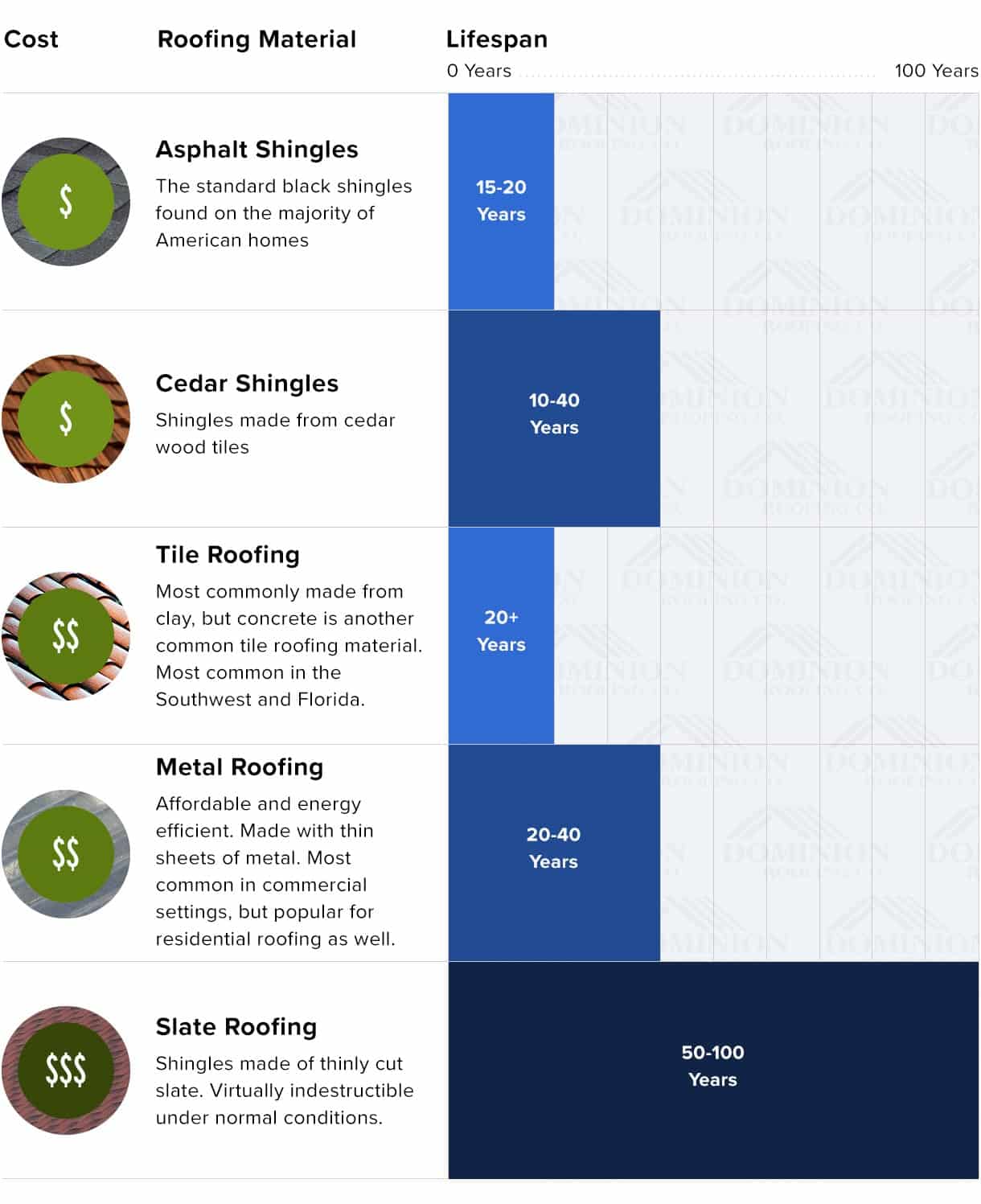Neglecting Roofing Ventilation Can Cause Pricey Damages; Find Necessary Factors That Make Certain A Successful Installation And Shield Your Financial Investment
Neglecting Roofing Ventilation Can Cause Pricey Damages; Find Necessary Factors That Make Certain A Successful Installation And Shield Your Financial Investment
Blog Article
Web Content Created By-Kock Poole
When you're dealing with a roofing project, you might not think much concerning roof air flow, yet it's even more important than you realize. Reliable ventilation aids control temperature and dampness in your attic room, stopping issues like mold and mildew and architectural damages. By comprehending exactly how to design and mount a well balanced ventilation system, you can enhance energy effectiveness and prolong the lifespan of your roofing products. So, what are the essential elements to take into consideration during setup that can make all the difference?
Relevance of Roof Ventilation
Roof ventilation plays an important duty in maintaining the overall health and wellness of your home. By permitting fresh air to flow through your attic, it assists control temperature level and moisture degrees. This balance is necessary to avoid warm build-up during warm months, which can bring about increased power costs as your a/c burns the midnight oil.
Moreover, correct air flow significantly minimizes the danger of moisture-related problems like mold and mildew. If humidity levels increase, your home's structural integrity can be jeopardized, bring about costly repair services. You wouldn't intend to take care of rotting timber or distorted roof products, right?
In addition, appropriate ventilation prolongs the lifespan of your roof. When warm and dampness are kept in check, your roofing can execute efficiently, stopping premature damage. This means less headaches and expenditures down the line.
Exactly How Roofing System Air Flow Works
Reliable roof covering air flow relies upon the natural movement of air to create an equilibrium in between intake and exhaust. When you mount vents, you're basically enabling fresh air to enter your attic room while making it possible for hot, stale air to get away. This procedure helps manage temperature and dampness degrees, stopping problems like mold growth and roofing system damages.
Consumption vents, commonly located at the eaves, reel in great air from outside. Meanwhile, exhaust vents, situated near the ridge of the roof, allow hot air surge and exit. The difference in temperature develops an all-natural air flow, called the pile impact. As warm air rises, it creates a vacuum that draws in cooler air from the reduced vents.
To enhance this system, you require to ensure that the intake and exhaust vents are effectively sized and placed. If the intake is limited, you will not accomplish the preferred ventilation.
Furthermore, https://edgarhcxrl.answerblogs.com/34183574/many-property-owners-neglect-essential-indications-of-roof-covering-damages-but-identifying-them-early-can-conserve-you-from-costly-repairs-later-on can trap heat and dampness, causing potential damages.
Secret Installation Considerations
When mounting roof covering ventilation, several essential considerations can make or break your system's effectiveness. Initially, https://www.arlnow.com/2019/09/26/meet-frank-painter-of-painter-roofing-construction/ need to assess your roof's style. The pitch, form, and materials all influence air movement and air flow option. Ensure to pick vents that fit your roof kind and neighborhood climate conditions.
Next, think about the positioning of your vents. Preferably, https://metalroofingsupplies62849.ourcodeblog.com/34142553/discover-key-seasonal-maintenance-techniques-that-can-aid-increase-your-roofing-s-longevity-and-uncover-how-the-climate-offers-distinct-challenges-to-your-roof-covering-during-every-season 'll want a well balanced system with consumption and exhaust vents positioned for optimum air flow. simply click the next website page on the roofing and exhaust vents near the peak to motivate an all-natural flow of air. This arrangement assists avoid moisture buildup and advertises energy effectiveness.
Do not forget about insulation. Appropriate insulation in your attic prevents heat from getting away and keeps your home comfortable. Ensure that insulation doesn't obstruct your vents, as this can impede air flow.
Lastly, think about upkeep. Pick ventilation systems that are simple to access for cleansing and examination. Routine upkeep guarantees your system remains to operate successfully in time.
Final thought
Finally, roof air flow is essential for a successful installation. By ensuring proper air flow, you can stop warmth accumulation and wetness concerns that lead to expensive damage. When you tactically placement intake and exhaust vents, you enhance power effectiveness and prolong the life expectancy of your roof covering. Bear in mind, a well-ventilated roof covering not only shields your financial investment yet likewise boosts your interior air quality. So, prioritize air flow to make sure a durable and cost-efficient roofing system for your home.
